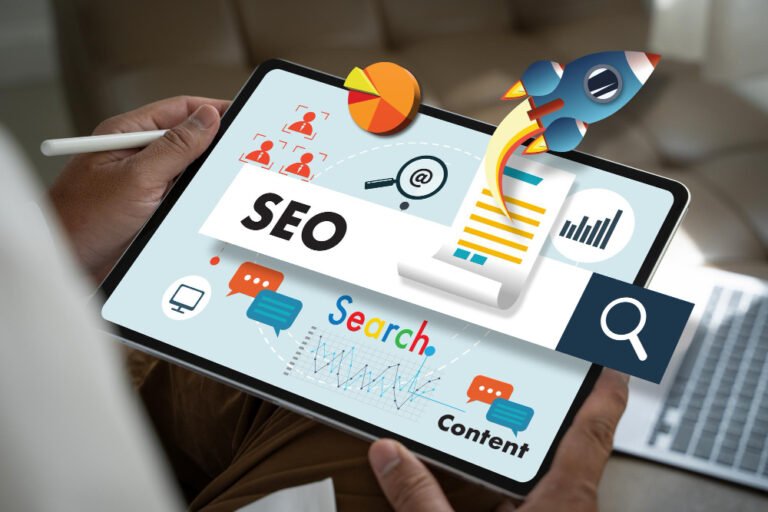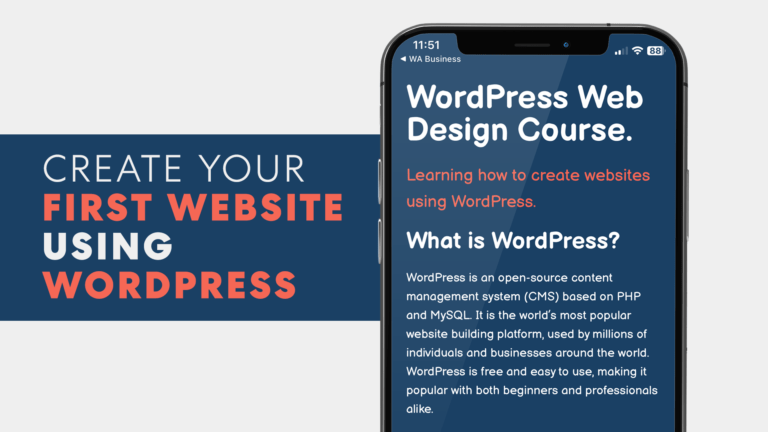How to Create a High-Converting Landing Page for Your Business in 2025
How to Create a High-Converting Landing Page for Your Business in 2025
When it comes to online business, a high-converting landing page is one of the most effective tools at your disposal. Whether you’re aiming to generate leads, sell a product, or promote a service, the landing page is your digital storefront—and first impressions count.
The reality is, a landing page without a solid strategy is just another page on your website. But when you implement the right elements, your landing page can work wonders, driving real conversions and boosting your business. Let’s dive into the key components that will turn any landing page into a high-converting asset.
1. Define Your Goal: What Do You Want to Achieve?
Before designing your landing page, define your objective. Do you want visitors to download a guide? Sign up for a newsletter? Purchase a product? The purpose of your landing page should be clear, and every design element should work toward that goal.
For example, if you’re promoting a digital marketing course, your goal might be to encourage sign-ups. This will shape the design, the copy, and your call-to-action (CTA).
2. Craft a Compelling Headline
Your headline is the first thing people will see when they land on your page. It needs to grab attention and clearly communicate what you offer. The best headlines highlight a benefit or solve a problem.
- Keep it concise: Aim for clarity, not cleverness.
- Make it actionable: The headline should make your audience feel like they need what you’re offering.
For instance, a headline like “Boost Your Business with a Professional Website” immediately addresses what visitors can gain by taking action.
3. Use a Simple, Clean Design
In 2025, simplicity is key. Your landing page should be clean, focused, and easy to navigate. Avoid clutter and distractions.
- Mobile-optimization: With most users accessing websites on mobile, ensure that your landing page looks great on smartphones and tablets.
- Avoid overcomplicating the design: Use a simple layout with ample white space to allow the content to breathe.
A clutter-free design helps visitors focus on your message and increases the likelihood that they will take the desired action.
4. Strong Call to Action (CTA)
Your call-to-action (CTA) is arguably the most important part of your landing page. It’s the moment when visitors decide whether or not they will take the next step. Make sure your CTA stands out by:
- Using action-oriented language: Phrases like “Get Started,” “Join Now,” or “Book Your Spot” encourage immediate action.
- Ensuring visibility: Place the CTA in multiple spots on the page (e.g., near the top and bottom of the page).
- Making it eye-catching: Use contrasting colors and ensure the button is large enough to stand out.
5. Use Trust-Building Elements
Visitors are more likely to convert if they trust you. Trust-building elements are critical for establishing credibility, especially if visitors are unfamiliar with your brand. Here’s what you can include:
- Testimonials: Show reviews from past customers or clients who had positive experiences with your product or service.
- Case studies: If you’re offering a service or consulting, highlight your previous successes.
- Trust badges: If you have certifications, partnerships, or awards, display them on your page.
These elements act as social proof, reassuring visitors that they’re making the right decision.
6. Keep Your Form Simple
If you’re collecting user information, make your form as simple and user-friendly as possible. The more fields you ask users to fill out, the higher the chance they’ll abandon the form before completing it.
- Only ask for essential details: Name and email should suffice in most cases. If you need more info, ensure that it’s relevant and necessary.
- Offer an incentive: Let users know what they get in return for filling out the form (e.g., a free guide, discount, or consultation).
A simple, fast form increases the likelihood that visitors will follow through on your offer.
7. A/B Testing for Optimization
Even the best landing page can always be improved. A/B testing is a great way to determine which elements of your landing page perform best. Test variations of:
- Headlines
- CTAs
- Images
- Form lengths
Through A/B testing, you’ll be able to fine-tune your landing page, continually improving its performance and increasing your conversion rates.
8. Local SEO Optimization
In Kenya, where local search queries can significantly impact business visibility, it’s essential to optimize for local SEO. Use relevant keywords and phrases related to your business, location, or industry.
- Include local keywords in your title, meta description, and throughout your content. For instance, “web design in Nairobi” can help attract local traffic.
- Ensure fast loading times: Page speed is a key factor for both SEO and user experience. The quicker your landing page loads, the better the chances of converting visitors.
By optimizing for local search terms, you can ensure that your landing page attracts relevant, local traffic.
9. Provide Clear Next Steps
Finally, guide your visitors on the next steps after they convert. Whether it’s booking a meeting, purchasing a product, or accessing a downloadable resource, make sure the journey continues smoothly after they take action.
Provide a thank-you message or a confirmation page that directs them toward their next action, whether that’s engaging with additional content or joining a community.
Conclusion: Building a Landing Page That Converts
A high-converting landing page isn’t just about a great design; it’s about creating a seamless experience that persuades visitors to take action. By defining your goal, keeping the design simple, using strong CTAs, building trust, and testing your pages, you can create landing pages that not only attract traffic but also drive real results.
Ready to get started? Explore our Web Design Course to learn more about how you can build high-converting landing pages that work.






